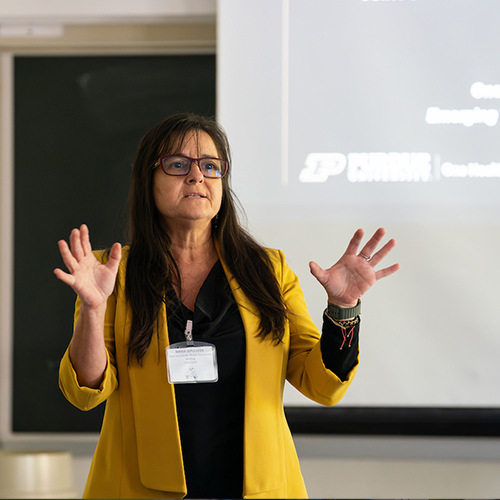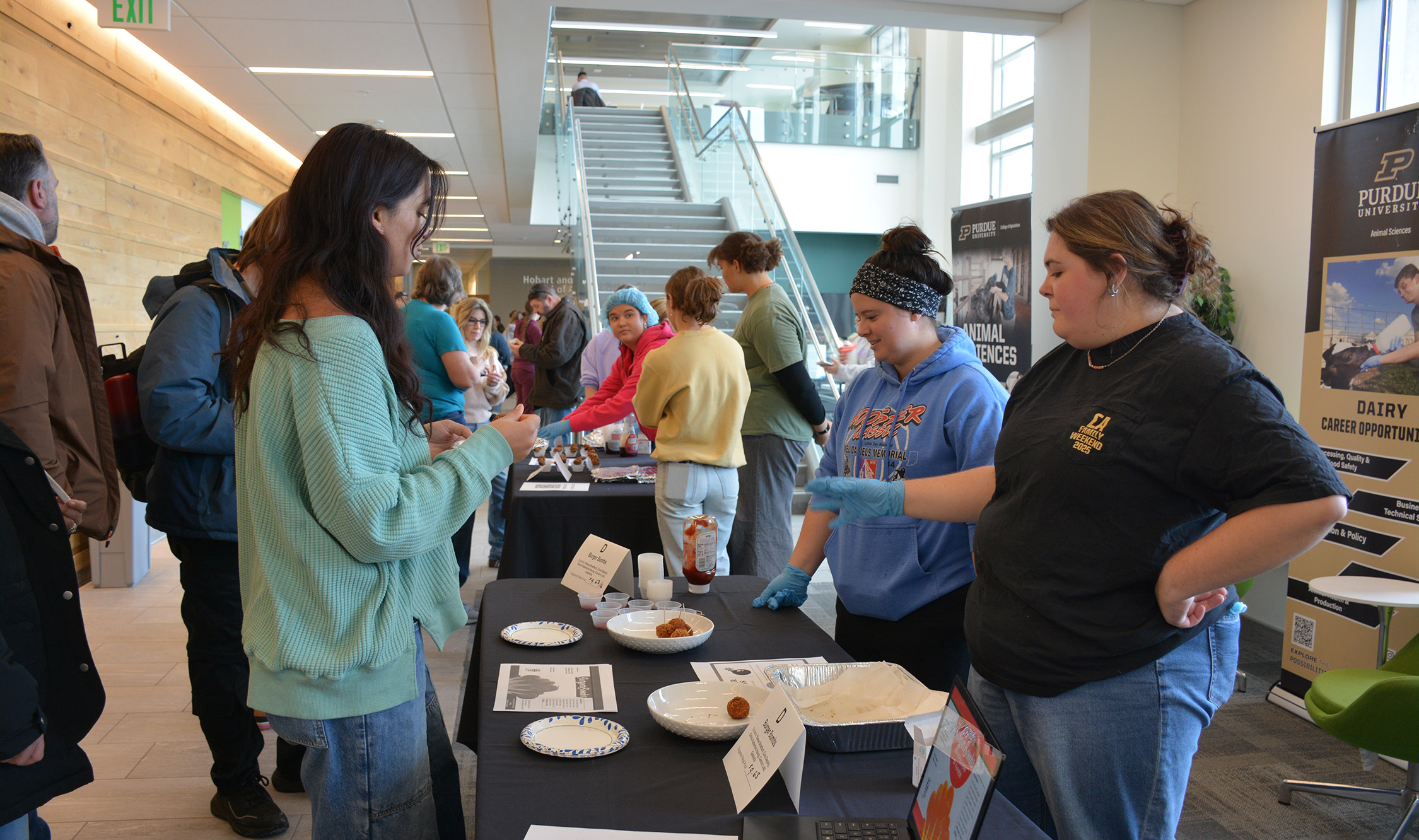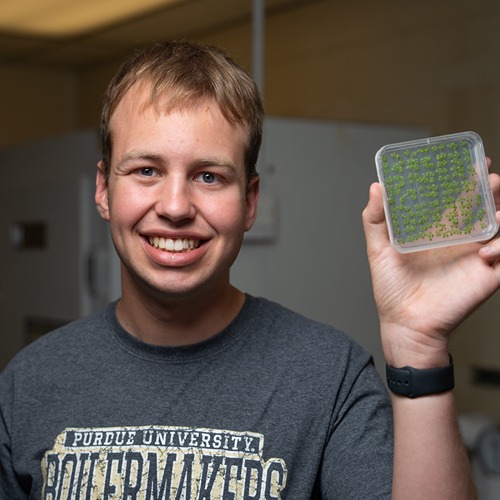Carbon’s economic damage costlier than thought based on current science
The data used to calculate the damage that an additional ton of carbon dioxide has on the global economy has long relied on outdated science. Recent updates modeled by the University of California, Davis and Purdue University raise the calculations of those costs significantly and change the outlook on climate change from a positive for agriculture to a negative.
When the most recent science is brought to bear, one of the major models used to calculate the social cost of carbon (SCC) moves the figure to $19.70, an increase of 129 percent.
State and federal government agencies often use the social cost of carbon in cost-benefit analyses for projects that stand to add carbon dioxide to the atmosphere. It is meant to calculate the damage a ton of additional carbon dioxide will have on society and the economy, including agricultural productivity, human health, property damage due to flooding and energy costs.
Three integrated assessment models are widely used for the analysis of environmental policy, but only one of these, the FUND model, explicitly focuses on damages to the agricultural sector. However, these calculations of damages in agriculture currently rely on very old data.
“The underlying studies date back to publications in the 1990s, but it really dates back to science from the 1980s,” said Thomas Hertel, Purdue distinguished professor of agricultural economics, whose findings were published in Nature Communications. “It was optimistic on the benefits to agriculture from rising temperatures.”
Early studies suggested that moderate amounts of warming would be positive for agricultural crops, and since an increase in carbon dioxide can improve plant health, adding more to the atmosphere was considered beneficial. The SCC for agriculture calculated using the FUND model puts these damages at -$2.70, a negative number indicating overall benefits from CO2 emissions.
“The very early studies tended to show that the effects of warmer temperatures were not very severe and would be more than compensated by the beneficial effects of higher carbon dioxide concentrations,” said Frances Moore, an assistant professor in the Department of Environmental Science and Policy at UC Davis and lead author on the study. “Over the last few decades, as more work has gone into understanding how climate change might affect crop yields, science has found that hot temperatures themselves have large negative effects on crop yields.”
Moore and collaborators updated the agricultural and FUND-derived SCC numbers by analyzing and combining over 1,000 more recent data points from 56 studies included in the Intergovernmental Panel on Climate Change (IPCC), an international organization that assesses the science related to climate change.
Based on an analysis of the data, instead of an additional ton of carbon benefiting the agriculture sector by $2.70, it damages the economy by $8.50. That increase takes the SCC to $19.70/ton under the FUND model. Averaging multiple models puts the overall SCC in the range of $40/ton. The authors didn’t calculate how the overall average would change, but it would certainly increase, making additional carbon more costly to the global economy.
“This large proportional increase in the SCC is particularly noticeable because we are only updating damages from one economic sector. The SCC in this model is determined by damages in 14 different sectors,” Moore said. “The fact that updating just one sector has such a large effect on the overall SCC is striking.”
Hertel added, “This is a small part of the global economy, so it’s surprising that when we put this all together, the social cost of carbon for the whole economy actually doubles. It makes you wonder about the other pieces.”
Co-author Uris Baldos, a Purdue research assistant professor in agricultural economics, and Hertel have run the data through the Global Trade Analysis Project (GTAP), a computer model available to researchers around the world for quantitative analysis of international policy issues. They plan to publish findings from the model using the new data to calculate localized predictions for the economic effects of climate change. For example, he said net exporters of agricultural products that have cooler temperatures currently, like Canada, will benefit from climate change for modest levels of warming. Net agricultural importers with already hot temperatures, like Brazil and Mexico, will be adversely affected by near-term climate change. They are also developing online tools to help visualize and further explore the findings of their research: https://mygeohub.org/groups/glass.





